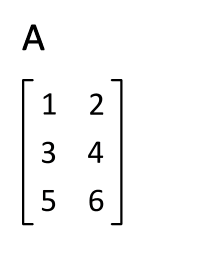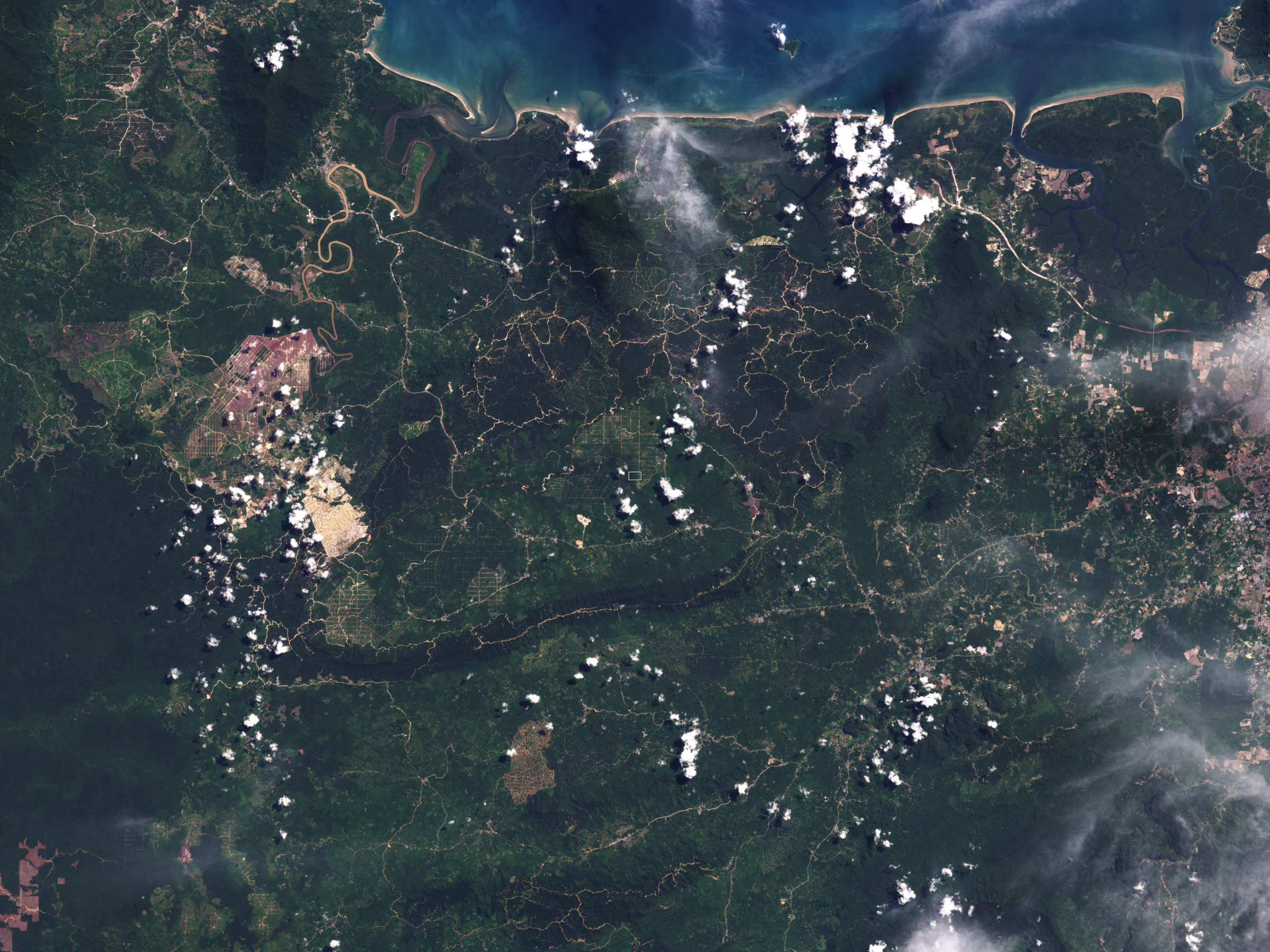|
GeoMod
GeoMod is a raster-based land change modeling tool in the GIS software TerrSet that simulates the gain or the loss of a land category over a specified time interval.Pontius, R. G., Cornell, J. D., & Hall, C. A. (2001). Modeling the spatial pattern of land-use change with GEOMOD2: application and validation for Costa Rica. ''Agriculture, Ecosystems & Environment'', ''85''(1), 191-203. The model only simulates the spatial allocation of change between two land categories either forwards or backwards in time.Pontius Jr, R. G., & Chen, H. (2006). GEOMOD modeling. ''Clark University''. Simulation inputs GeoMod simulates land change based on a combination of several input requirements. First, users must specify the beginning (time 1) and end time (time 2) for the temporal extent of the simulation and must identify a time step for the simulation. The model also needs the image that depicts the two land categories (e.g. category 1= undeveloped and category 2=developed) at time and a pr ... [...More Info...] [...Related Items...] OR: [Wikipedia] [Google] [Baidu] |
Land Change Modeling
Land change models (LCMs) describe, project, and explain changes in and the dynamics of land use and Land cover, land-cover. LCMs are a means of understanding ways that humans change the Earth's surface in the past, present, and future. Land change models are valuable in development policy, helping guide more appropriate decisions for Natural resource management, resource management and the natural environment at a variety of scales ranging from a small piece of land to the entire spatial extent. Moreover, developments within Land cover, land-cover, environmental and Socioeconomics, socio-economic data (as well as within technological infrastructures) have increased opportunities for land change modeling to help support and influence decisions that affect Human-Environment interaction, human-environment systems, as national and international attention increasingly focuses on issues of global climate change and sustainability. Importance Changes in land systems have consequence ... [...More Info...] [...Related Items...] OR: [Wikipedia] [Google] [Baidu] |
TerrSet
TerrSet (formerly IDRISI) is an integrated geographic information system (GIS) and remote sensing software developed by Clark Labs at Clark University for the analysis and display of digital geospatial information. TerrSet is a PC raster-based system that offers tools for researchers and scientists engaged in analyzing earth system dynamics for effective and responsible decision making for environmental management, sustainable resource development and equitable resource allocation. Features Key features of TerrSet include: * GIS analytical tools for basic and advanced spatial analysis, including tools for surface and statistical analysis, decision support, land change and prediction, and image time series analysis; * an image processing system with multiple hard and soft classifiers, including machine learning classifiers such as neural networks and classification tree analysis, as well as image segmentation for classification; * Land Change Modeler, a land planning and decision ... [...More Info...] [...Related Items...] OR: [Wikipedia] [Google] [Baidu] |
Raster Graphics
upright=1, The Smiley, smiley face in the top left corner is a raster image. When enlarged, individual pixels appear as squares. Enlarging further, each pixel can be analyzed, with their colors constructed through combination of the values for red, green and blue. In computer graphics and digital photography, a raster graphic, raster image, or simply raster is a two-dimensional image or picture represented as a rectangular Matrix (mathematics), matrix or grid of pixels, viewable via a computer display, paper, or other display medium. A raster image is technically characterized by the width and height of the image in pixels and by the number of bits per pixel. Raster images are stored in image files with varying dissemination, production, generation, and acquisition formats. The printing and prepress industries know raster graphics as contones (from "continuous tones"). In contrast, '' line art'' is usually implemented as vector graphics in digital systems. Many raster ... [...More Info...] [...Related Items...] OR: [Wikipedia] [Google] [Baidu] |
Geographic Information System
A geographic information system (GIS) consists of integrated computer hardware and Geographic information system software, software that store, manage, Spatial analysis, analyze, edit, output, and Cartographic design, visualize Geographic data and information, geographic data. Much of this often happens within a spatial database; however, this is not essential to meet the definition of a GIS. In a broader sense, one may consider such a system also to include human users and support staff, procedures and workflows, the Geographic Information Science and Technology Body of Knowledge, body of knowledge of relevant concepts and methods, and institutional organizations. The uncounted plural, ''geographic information systems'', also abbreviated GIS, is the most common term for the industry and profession concerned with these systems. The academic discipline that studies these systems and their underlying geographic principles, may also be abbreviated as GIS, but the unambiguous GIScie ... [...More Info...] [...Related Items...] OR: [Wikipedia] [Google] [Baidu] |
Reducing Emissions From Deforestation And Forest Degradation
REDD+ is a voluntary climate mitigation framework developed by the United Nations Framework Convention on Climate Change (UNFCCC). It aims to encourage developing countries to reduce greenhouse gas emissions and deforestation, enhance forest's removal of greenhouse gases, promote sustainable forest management, and financially incentivise these efforts. The acronym refers to "reducing emissions from deforestation and forest degradation in developing countries." The "+" refers the framework's forest conservation activities. Main elements The principles of national sovereignty and subsidiarity imply that the UNFCCC can only provide guidelines for implementation, and require that reports are submitted in a certain format and open for review by the convention. A set of requirements has been elaborated to ensure that REDD+ programs contain key elements that reports from parties are consistent and comparable and that their content is open to review and function of the objectives ... [...More Info...] [...Related Items...] OR: [Wikipedia] [Google] [Baidu] |


